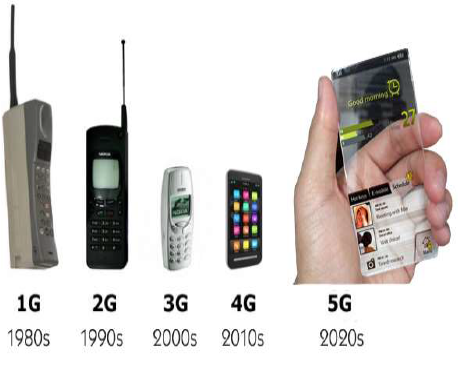If we look back, we will find that every next decade, one generation is advancing in the field of mobile technology. Starting from the First Generation (1G) in 1980s, Second Generation (2G) in 1990s, Third Generation (3G) in 2000s, Fourth Generation (4G) in 2010s, and now Fifth Generation (5G), we are advancing towards more and more sophisticated and smarter technology.

What is 5G Technology?
The 5G technology is expected to provide a new (much wider than the previous one) frequency bands along with the wider spectral bandwidth per frequency channel. As of now, the predecessors (generations) mobile technologies have evidenced substantial increase in peak bitrate. Then — how is 5G different from the previous one (especially 4G)? The answer is — it is not only the increase in bitrate made 5G distinct from the 4G, but rather 5G is also advanced in terms of −
- High increased peak bit rate
- Larger data volume per unit area (i.e. high system spectral efficiency)
- High capacity to allow more devices connectivity concurrently and instantaneously
- Lower battery consumption
- Better connectivity irrespective of the geographic region, in which you are
- Larger number of supporting devices
- Lower cost of infrastructural development
- Higher reliability of the communications
As researchers say, with the wide range of bandwidth radio channels, it is able to support the speed up to 10 Gbps, the 5G WiFi technology will offer contiguous and consistent coverage − “wider area mobility in true sense.”
Comments
Post a Comment